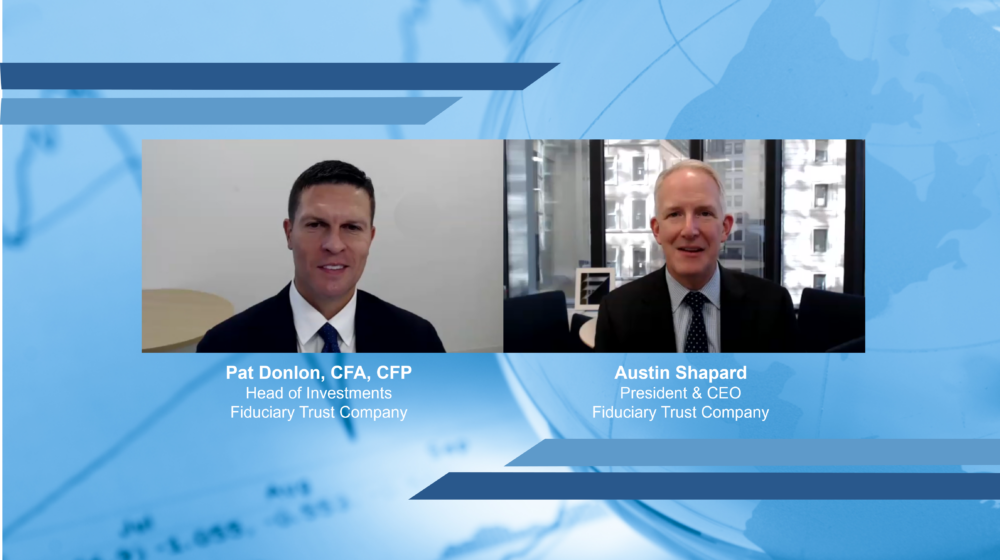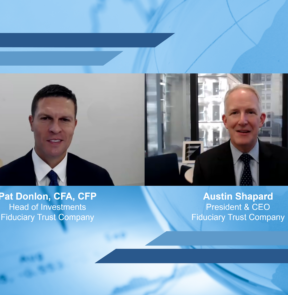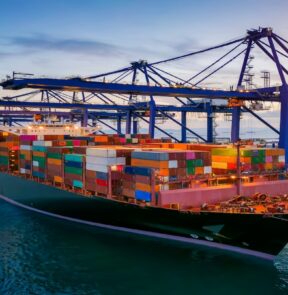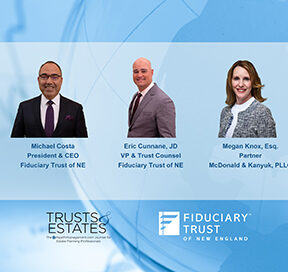Investments


Investments – Markets
Q4 Market Outlook: Navigating 2025’s Market Paradox
In our 2025 Q4 Market Outlook, Fiduciary Trust experts provide our perspective on the economy and markets, including the Trump administration's efforts to influence Fed Policy and potential opportunities in the current market.

Investments – Markets
Is the Housing Market About to Turn? How Housing Can Impact the Economy

Investments – Markets
Understanding the Current Market Dynamics

Investments – Markets
The Strong Dollar Is Beginning to Weaken. Should I Be Worried?
Filter list

Reset all
20
Key Charitable Giving Considerations Before Year-End 2025
As the year draws to a close, many donors look for ways to align their giving with both personal values and financial goals. With significant tax law changes set for 2026, now is the time to review your charitable strategy to maximize impact and tax efficiency before year-end.
Gaining Insight from Active Managers
Active managers’ behavior can reveal valuable signals about market conditions. In this article, we explore how analyzing portfolio actions — such as changes in holdings, position sizes, and investment patterns — can inform asset allocation decisions and potentially enhance overall portfolio performance.
How to Benefit from New Hampshire’s Trust Laws
In this webcast from Trusts & Estates journal, experts from Fiduciary Trust of New England and McDonald & Kanyuk discuss the key provisions of the Granite State’s trust laws, the potential impact of the One Big Beautiful Bill, and provide client examples.
2025 Key Year-End Planning Considerations
As year-end approaches, in addition to the usual advice, including harvesting investment losses, fully funding your retirement plan, and reviewing your open enrollment elections, here are five actions you should consider.
Is the Cost of Higher Education Out of Control?
“The rising cost of higher education” narrative that has drawn attention in headlines fortunately does not match the reality of changes over the past decade. However, higher ed financing is still a major expense for families and benefits from thoughtful planning.
Q4 Market Outlook: Navigating 2025’s Market Paradox
In our 2025 Q4 Market Outlook, Fiduciary Trust experts provide our perspective on the economy and markets, including the Trump administration's efforts to influence Fed Policy and potential opportunities in the current market.




